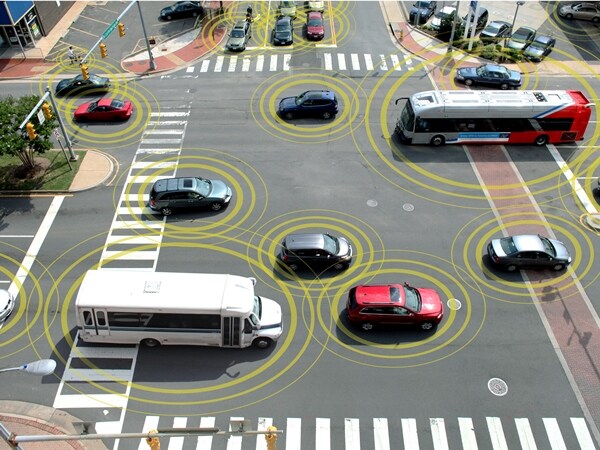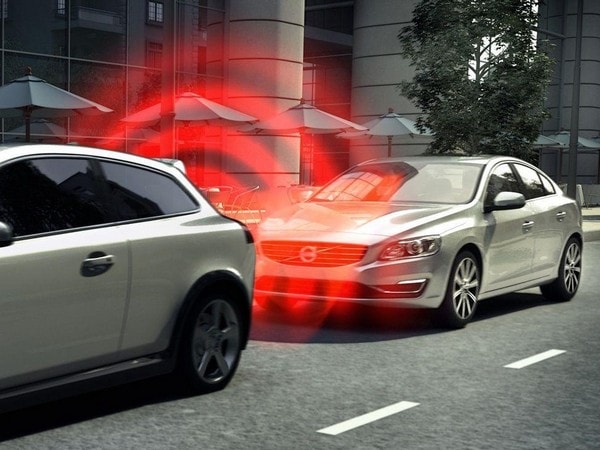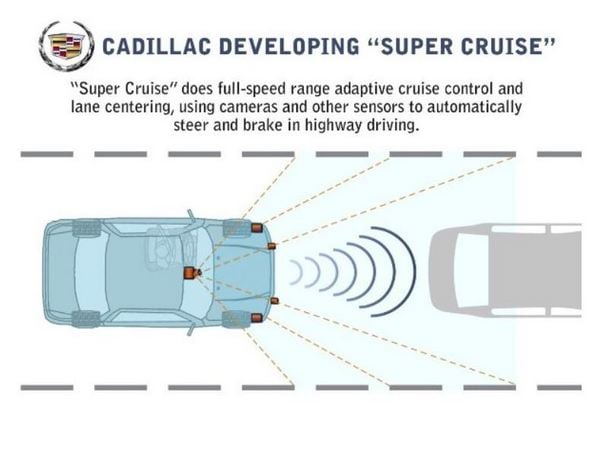
Rules requiring new vehicles to have technology that allows them to communicate with each other have been issued by the U.S. Department of Transportation. The so-called V2V (Vehicle-to-Vehicle) technology would be used to incorporate crash-avoidance capabilities by helping vehicles “talk” to each other relaying vital information about speed and direction.
“We are carrying the ball as far as we can to realize the potential of transportation technology to save lives,” said U.S. Transportation Secretary Anthony Foxx in announcing the rulemaking. “This long promised V2V rule is the next step in that progression. Once deployed, V2V will provide 360-degree situational awareness on the road and will help us enhance vehicle safety.”
The rule will only apply to new vehicles, Foxx said, adding that there isn’t a retrofit requirement for existing vehicles in the proposal.
Required in all light vehicles
The proposed rule would require automakers to include V2V technology in all new light-duty vehicles and sets standards for the information sent among vehicles on a dedicated short range communications band. That data would include location, direction and speed sent to nearby vehicles, updated and broadcast as often as 10 times per second. V2V-equipped vehicles can identify risks and provide warnings to drivers to avoid collisions. Also, the technology may also interface with automatic emergency braking, lane keeping, adaptive cruise control and other driver assist and warning systems.
“Advanced vehicle technologies may well prove to be the silver bullet in saving lives on our roadways,” said NHTSA Administrator Mark Rosekind. “V2V and automated vehicle technologies each hold great potential to make our roads safer, and when combined, their potential is untold.”
Infrastructure to follow
As a follow-along to the rulemaking to required V2V technology is a similar push for Vehicle-to-Infrastructure (V2I) communication where vehicles can receive data on traffic lights, stop signs and work zones to improve traffic flow and safety. NHTSA estimates that V2V and V2I communication could eliminate or mitigate the severity of up to 80-ercent of non-impaired driver crashes, including collisions at intersections or changing lanes.
Within two years of the rule’s implementation, manufacturers will have to equip at least half their new vehicles per year with the technology and all the vehicles it sells within 4 years. This could happen as soon as the 2020 model year, with all cars mandated to have the technology as early as 2022.









